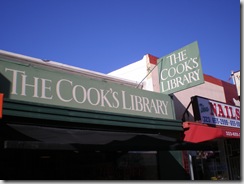An homage.
If I could be a beekeeper I would be. I love bees, always have. Not sure why exactly. I’ve been stung numerous times. I’m not afraid. I have two books on beekeeping, ‘The Shamanic Way of the Bee’ by Simon Buxton and “Beekeeping – A Practical Guide’ by Richard E. Bonney. One day I h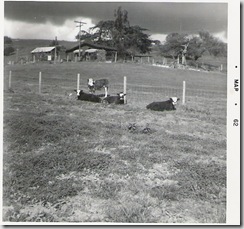 ope to have a few hives of my own.
ope to have a few hives of my own.
I also like what bees produce: Honey. My love affair with honey dates back to my childhood. My great-grandparents lived on a 17-acre parcel of land in Arroyo Grande, California that everyone called ‘The Ranch.’ Grampa Rollie raised sheep, chickens and Angus beef; they grew vegetables and had a few fruit trees; and Gramma Ora had a beautiful flower garden. They lived quite comfortably off this piece of land. The next door neighbors, the Van den Meters, had beehives and sold honey to my great-grandparents.
Traditions with Honey
Somewhere along the line, when I was probably four or five years old, a tradition began with my great-grandfather, myself and my younger sister, Traci. Traci and I would sit at the kitchen table with Grampa Rollie. He’d have a stack of toast on a plate, butter, and a jar of the neighbor’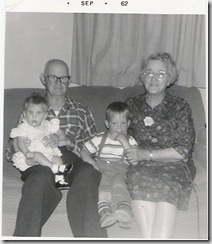 s amazing clover honey. He’d break off a piece of toast, put a dab of butter on it, spoon on some honey, then pop it into one of our mouths. Then he’d do it all over again for the other mouth. Back and forth, one in my mouth, one in my sister’s, until all the toast was gone. It was as if we were his baby birds and he was feeding us. Each visit required this ‘feeding’, and he always obliged. It’s a memory that I cherish to this day. I also remember the flavor of that clover honey. Fresh, unadulterated, like the clover fields the bees collected pollen in.
s amazing clover honey. He’d break off a piece of toast, put a dab of butter on it, spoon on some honey, then pop it into one of our mouths. Then he’d do it all over again for the other mouth. Back and forth, one in my mouth, one in my sister’s, until all the toast was gone. It was as if we were his baby birds and he was feeding us. Each visit required this ‘feeding’, and he always obliged. It’s a memory that I cherish to this day. I also remember the flavor of that clover honey. Fresh, unadulterated, like the clover fields the bees collected pollen in.
Mexican Honey
A year ago almost to the day, Robert and I were on a 10-day tour of the Yucatán Peninsula. While in Mérida we stopped in to see my friend, Chef Jeremiah Tower, who now makes Mérida his home base. One afternoon he took Robert and me to the local public market as he wanted us to try the Yucatán delicacy cochinita pibil – citrus marinated pork slow-roasted in banana leaves. The market was a wonder to behold. An assault of smells, sounds, and colors. Every type of food item from the area available. After a tour of the market, Jeremiah led us to a small stand that specializes in cochinta – his favorite purveyor of the pork dish. He ordered us a round of tacos and we sat at a little ceramic table in the middle of the market to eat. By the time we left I had eaten three cochinita tacos – each one topped with a sprinkling of crunchy chicharrón, or pork rind. They were amazing. He was right. I’ve had cochinta before but this was a notch above.
The reason I tell this story is that as we left the market Jeremiah stopped at another vendor, grabbed a plastic bottle of honey and told me I had to try it. So I did. I bought the bottle, a small plastic water bottle repurposed as a container for the amber honey. I managed to get it home to Los Angeles without getting caught at customs and have been eating it for the last year. And now, sadly, it’s gone. By the time we finished it off, it was all sugary and crystallized but still edible. And it was wonderful.
The flavor and color of honey is affected by the flowers that the bees collect pollen from. I was used to the more common clover and orange blossom honeys that are available in California. The kind I grew up eating at my great-grandfather’s knee. The Yucatán honey was a different experience completely; amber in color with a nice herbal bite to it. It’s flavor was sharper, more complex than what I was used to but I learned to love it. And I am very sad it is gone. A return trip to the Yucatán may be in the offing.
Local Honey
So to replace the Yucatán honey Robert and I went to the Atwater Village Farmers Market a couple weekends ago, and I bought some new honey from Aunt Willie at her lit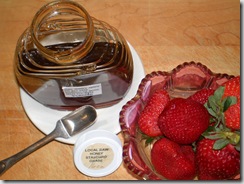 tle stand. I opted for avocado this time to see what that tasted like and it’s delicious. The flavor is less sweet with molasses and butterscotch overtones. It’s a nice replacement to my plastic-water-bottle-Mexican-honey.
tle stand. I opted for avocado this time to see what that tasted like and it’s delicious. The flavor is less sweet with molasses and butterscotch overtones. It’s a nice replacement to my plastic-water-bottle-Mexican-honey.
Aunt Willie has beehives where she collects her honey around the Los Angeles region: in La Habra, Fallbrook, Moorpark and San Bernardino. All roughly within 1o0 miles of Los Angeles. She explained to Robert and me that the bees, the farmers and she have a symbiotic relationship. They need her bees to pollinate their crops, and she needs their land to house her hives. Without bees to pollinate crops we wouldn’t have produce. They are a necessary component of our food cycle. Aunt Willie told us that bees via pollination can double a farmers yield. Even backyard beehives, like the ones I may eventually get if Robert will allow it, contribute to the food cycle.
One final note: another honey that I learned to love, and have already blogged about, was the miel de sapin that I ate when I lived in France. The pollen is collected from the pine trees in the Vosges Mountains of Alsace – it has a distinctive, sharp, and piney taste to it.
I love bees, and I love honey.
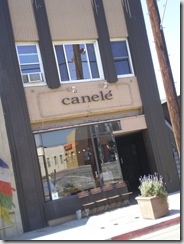
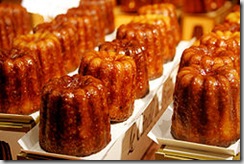
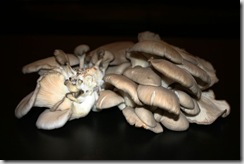

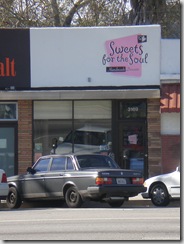
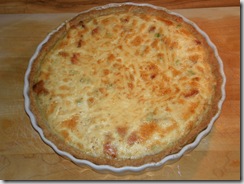

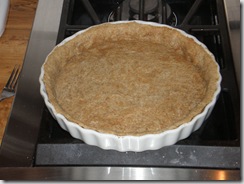

![Reblog this post [with Zemanta]](http://img.zemanta.com/reblog_b.png?x-id=7f326551-847e-4880-bcd4-c4dae8aee744)
